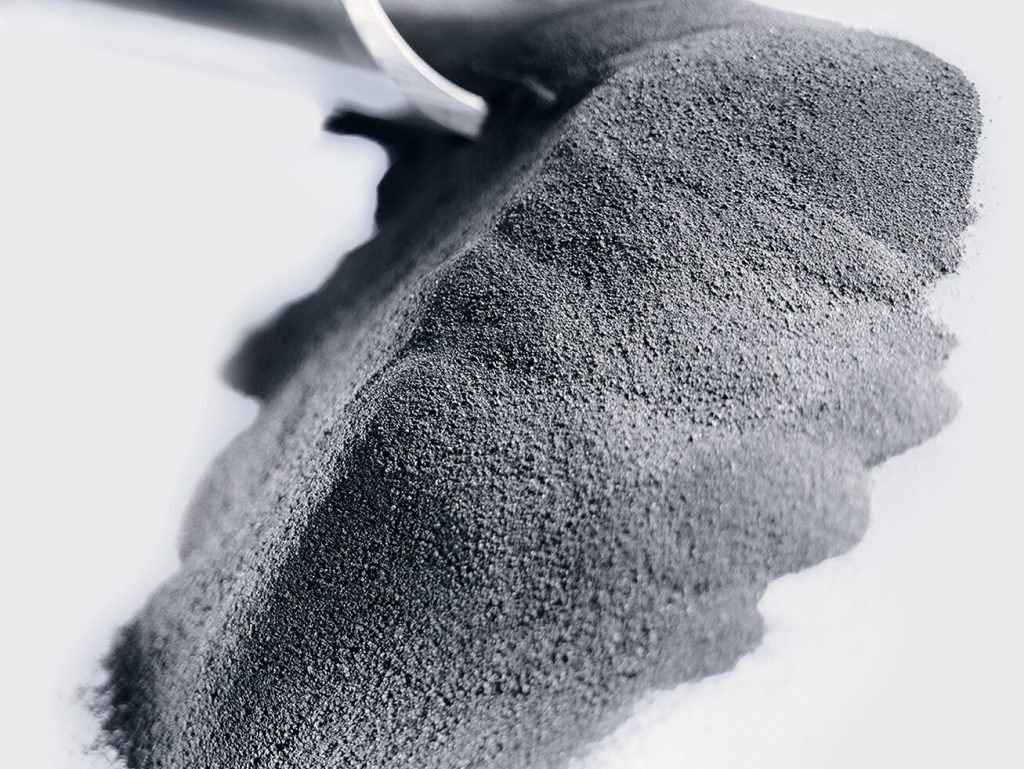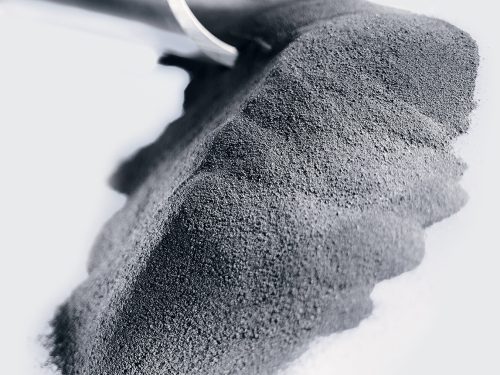1. Currently the Most Commonly Used Anode Material: Graphite
The lithium-ion batteries in your phone and computer almost always have graphite as their negative electrodes. Why graphite?
• Advantages: Graphite is a “seasoned veteran”—its layered structure (similar to a stack of paper) allows lithium ions to easily “drill” into the interlayers and remain stable (forming LiC₆ compounds). It is also low-cost, chemically stable, exhibits minimal volume change during charge and discharge (only about 10%), and has a long cycle life (typically capable of over 1,000 charge and discharge cycles).
• Disadvantages: Limited “storage capacity”—theoretically, 1 gram of graphite can only store a maximum of 372 mAh of energy (technically known as a “specific capacity of 372 mAh/g”), making it difficult to meet the demand for “doubling the range” of electric vehicles.
2. Emerging “potential stock”: Silicon-based materials
To increase battery capacity, scientists are turning to silicon—its “storage capacity” is over 10 times that of graphite (theoretical specific capacity 4200 mAh/g). One gram of silicon can store 10 times more lithium ions than graphite! • Why hasn’t silicon become widespread? Silicon has a fatal problem: “storage expansion.” When lithium ions enter silicon, its volume expands by 300% (equivalent to an apple expanding into a watermelon), causing the material to break and the battery to quickly become useless.
• Solution: Scientists are giving silicon a protective coat—for example, by forming silicon into nanoparticles (to reduce expansion stress), mixing it with graphite (a silicon-carbon composite), or coating it with a layer of carbon (to stabilize its structure). Currently, some electric vehicle batteries are adding small amounts of silicon (5%-10%), which can increase battery life by 10%-20%.
3. Focusing on “Safety and Longevity”: Titanium-Based Materials (Lithium Titanate)
In some applications (such as buses and energy storage power stations), battery safety and longevity are more important. This is where lithium titanate (Li₄Ti₅O₁₂, abbreviated as LTO) comes in handy. • Advantages: It is a “zero-strain” material—its volume remains virtually unchanged (<1%) when lithium ions flow in and out, resulting in an extremely long cycle life (over 10,000 charge and discharge cycles). Its high operating voltage (1.55V vs. lithium metal) prevents the dangerous formation of lithium dendrites (which can pierce the battery and cause a short circuit) that can occur with graphite due to low voltage.
• Disadvantages: Its “storage capacity” is small (only 175mAh/g, less than half that of graphite), and its poor conductivity and slow charging speed make it primarily suitable for applications with high requirements for lifespan and safety but low energy density.
4. Other “Potential Players”
In addition to the materials mentioned above, scientists are also researching silicon’s relatives (such as tin and germanium, which also have high specific capacities but also suffer from volume expansion issues), two-dimensional materials (such as MXenes, which have excellent conductivity and can store more lithium ions between layers), and black phosphorus (which has a theoretical capacity seven times that of graphite but is easily oxidized). These materials are currently in the laboratory stage and need to address issues such as stability and cost.
Currently, graphite holds over 90% of the commercial market share thanks to its balanced performance (capacity, lifespan, and cost). Silicon-based materials, owing to their high capacity (4200 mAh/g), are the core direction for next-generation anodes (silicon content is expected to exceed 20% by 2030). Titanium-based materials (LTO) are suitable for applications requiring extremely high safety and lifespan, such as energy storage and commercial vehicles. The future development trend of anode materials is toward composite materials (such as silicon-carbon composites and carbon-titanium composites). By synergizing multiple materials to offset the shortcomings of individual materials, the company aims to achieve a balance of high capacity, long life, and low expansion. With technological breakthroughs and policy support, lithium battery anode materials are leading the new energy industry towards a future with higher energy density, greater safety, and greater sustainability.


